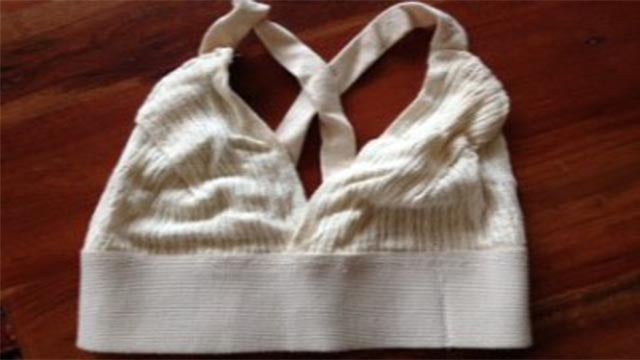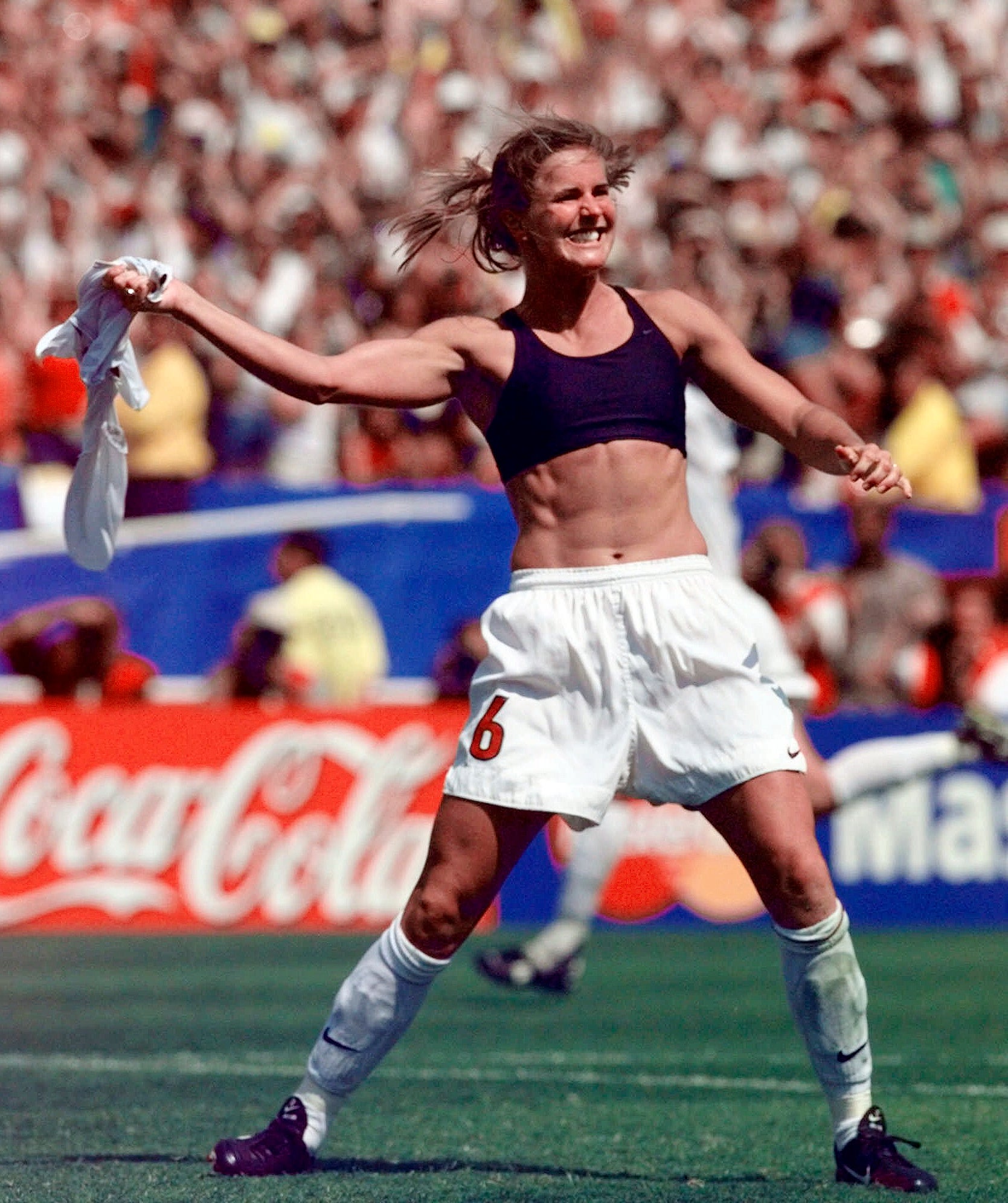The sports bra: a short history of an undergarment revolution


Subscribe to the Quartz Obsession newsletter for this daily digression into the most fascinating corners of the global economy.
The sports bra turns 40 this year, but don’t expect to see a midlife crisis: We’re comfortably ensconced in an athletic undergarment renaissance.
The past three years have seen the strongest US rise in sports bra sales to date, with a growth rate that has outpaced other bras for the past five years. They now make up a $3.5 billion industry, accounting for nearly a quarter of the entire US bra market compared to just 6% in 2002. What accounts for the lift?
By the digits
$7.1 billion: Global sports bra market in 2014
600: Hours Nike researchers spent biometric-testing its latest sports bra
41: Fabric pieces meshed together to make a Nike high-support sports bra
74%: Purported reduction in breast bounce by Victoria’s Secret sport bras
The culture of comfort
We’re in the throes of an undergarment revolution: Women tend to choose comfort over cleavage. The sports bra is as much a high-fashion favorite as a gym necessity, a “staple of the athleisure-obsessed millennial woman’s wardrobe,” suitable even for wear on the red carpet.
An NPD survey found that 46% of millennial respondents who had worn a sports bra in the past seven days incorporated them into their daily wardrobe (as opposed to 21% of non-millennial women). This may seem surprising, but 31% of women will wear a sports bra without a shirt.
To meet the increased demand, retailers are ramping up production. In July, Nike announced its most expansive bra collection to date, and Lululemon has created an entire line of “sports bras for streetwear.”

Busting through history
2,500 BC: In an attempt to hold their breasts in place and give them firmness, women in Ancient Greece create the apodesmos—a band of linen or cotton to wrap around their chests.
1820: The bust bodice is created as an undergarment suitable for wear with new empire-waist fashions.
1887: Women competing at Wimbledon return to their dressing rooms to “peel off their stockings and unhitch their bloodied corsets,” Anngel Delaney writes. “As they endeavored to twist, turn and lunge on the courts, the women were repeatedly stabbed by the metal and whalebone stays of these cumbersome garments, which encased them from tits to tush.”
1911: Designers create the “sports corset” that incorporated elastic instead of metal.
1914: Mary Phelps-Jacobs patents the first bra. She later sells the rights to the Warner Brothers Corset Company for $1,500.
1914: The tango craze inspires a corset specifically suited for dancing.
1915: A corset was designed specifically for skating debuts.
1966: Roberta (Bobbi) Gibb “unofficially” ran the Boston Marathon. “They didn’t have jog bras,” she said. “I wore a tank top bathing suit.”
Taking the jiggle out of jogging
The sports bra as we know it was born when two University of Vermont students realized that if no one else was going to design a solution for the painful breast bounce they experienced while jogging, they would have to do it themselves.
In 1977, Hinda Miller and Lisa Lindahl called Polly Smith, a friend who worked in the university theater’s costume department. After some trial and error, the trio designed a prototype consisting of two jockstraps sewn together. “The waist band became our rib band,” Miller says. “We crossed the straps in the back because we didn’t want them to fall, and it went over our head. And that was it.”
Jogbra moved 25,000 units in its first year on the market. It can hardly be a coincidence that before 1977, just one in 27 girls participated in high school sports. Today, about two in five do.

The big reveal
When US soccer player Brandi Chastain scored the goal that won the 1999 World Cup championship game and pulled off her jersey in celebration, the sports bra had its first moment in the limelight. This picture became so iconic that it “invited conspiracy theorists to assume that the powerful and creative forces of Nike wrote the script for her.” (Nevermind that men had been ripping off their jerseys in celebration for ages.)
Consider this: Another big phenomenon in the 1990s was The Man Show, a late-night talk show hosted by Jimmy Kimmel and Adam Carolla—and one of their trademark segments was just footage of girls jumping on trampolines. It had a clever name: “Girls on Trampolines.” The message to young women was: Boobs are made to bounce—that’s what men like to see. Chastain’s bra-baring celebration was an antidote.
Today the moment seems tame, but at the time, it sparked controversy—and then a movement. “It was about so much more than soccer,” Chastain said in an interview in 2009. “It was about teaching girls skills that were so long reserved for young boys. I really think the experience made girls stronger, more confident. They realized that team sports could be part of who they are.”

The quest for perfection
Bra-making is not as simple as just providing support. Athletic apparel brands are still in a high-stakes race to craft the perfect one. Around the world, sports bra labs are popping up to better understand the “biomechanics of bouncing”—an incredibly complicated subject.
Breasts have no muscle—they’re made up of tissue, fat, and glands, and held to the chest by ligaments, which are not designed to reduce movement. To study the nuance of bounce, researchers use sophisticated motion-capture systems and 3D ultrasounds.
Despite the hundreds of hours of research, the balance between controlling the bounce and making comfortable sports bras persists. “There is no piece of clothing that is more difficult to design well than a sports bra,” LaJean Lawson, a breast researcher and consultant for Champion Athletics, told Racked. “There are so many different parameters…. You have to think about sweat, support, chafing, straps, slippage, and then looking cute. That’s a really long list of conflicting design requirements.”